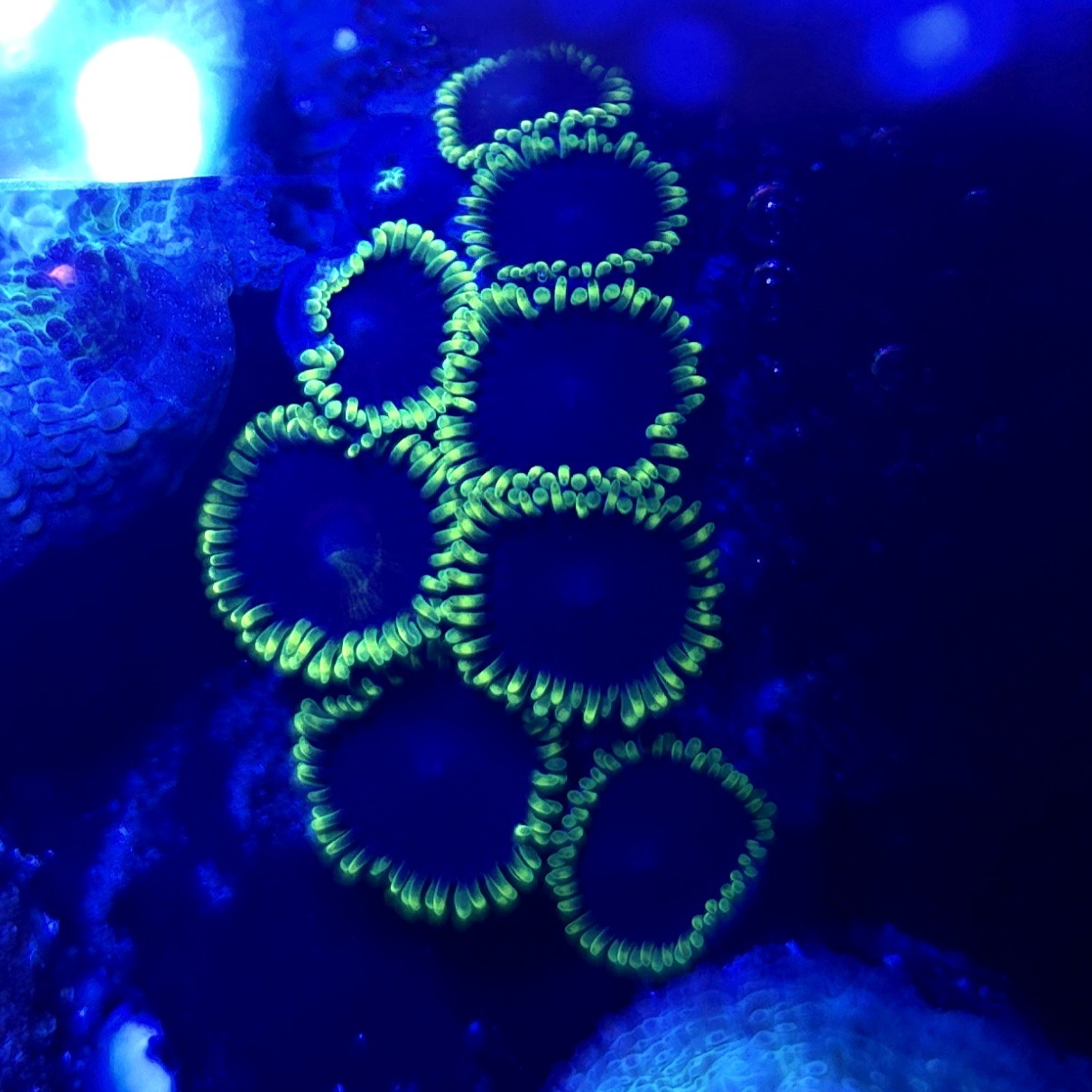
Exploring the Alluring World of Jokers Zoanthids
Within the vibrant underwater tapestry of reef aquariums, Jokers Zoanthids stand out as a kaleidoscope of colors that captivate the eyes of both seasoned aquarists and newcomers alike. These coral species, with their enigmatic patterns and hues, have the power to transform any marine aquarium into a living piece of art. But what exactly are Jokers Zoanthids, and why have they become a must-have in the reef-keeping community? Journey with us as we delve into the origins of these magnificent creatures and explore their place in the home aquarium.
The Origins of Jokers Zoanthids
Unraveling the lineage of Jokers Zoanthids takes us on a journey to the warm, tropical waters of the Indo-Pacific, where these corals flourish in the wild. Belonging to the genus Zoanthus, Jokers Zoanthids are a testament to nature’s creativity, sporting an array of vibrant colors and whimsical patterns that resemble the playful nature of their namesake—the Joker. In the wild, these Zoanthids often colonize vast areas, creating a spectacular underwater landscape that supports a rich biodiversity.
Jokers Zoanthids in the Aquarium Hobby
The allure of Jokers Zoanthids extends far beyond their natural habitat, capturing the hearts of aquarists around the globe. In the aquarium hobby, these Zoanthids are prized for their stunning appearance and the dynamic energy they bring to reef tanks. Their ability to adapt to life in captivity has made them a popular choice for both novice and expert hobbyists. However, their care does require knowledge of their specific needs, including appropriate lighting, water flow, and nutritional requirements, to ensure their vibrant colors and continued growth.
Summary of Jokers Zoanthids Coral Species
Jokers Zoanthids are not just beautiful; they are also fascinating creatures. As a part of the larger family of Zoanthidae, they share many characteristics with their zoanthid relatives. They are colonial animals with multiple polyps connected by a mat called coenenchyme. Each polyp has a mouth surrounded by tentacles that can capture food particles from the water. These corals possess symbiotic algae known as zooxanthellae, which live within their tissues and provide them with additional nutrients through photosynthesis, contributing to their vibrant coloration.
- Easy to maintain in a well-established reef aquarium
- Prefer moderate lighting and water flow
- Capable of both sexual and asexual reproduction
- Bright, contrasting color patterns that can vary widely
- Can coexist with many other types of corals and marine life
